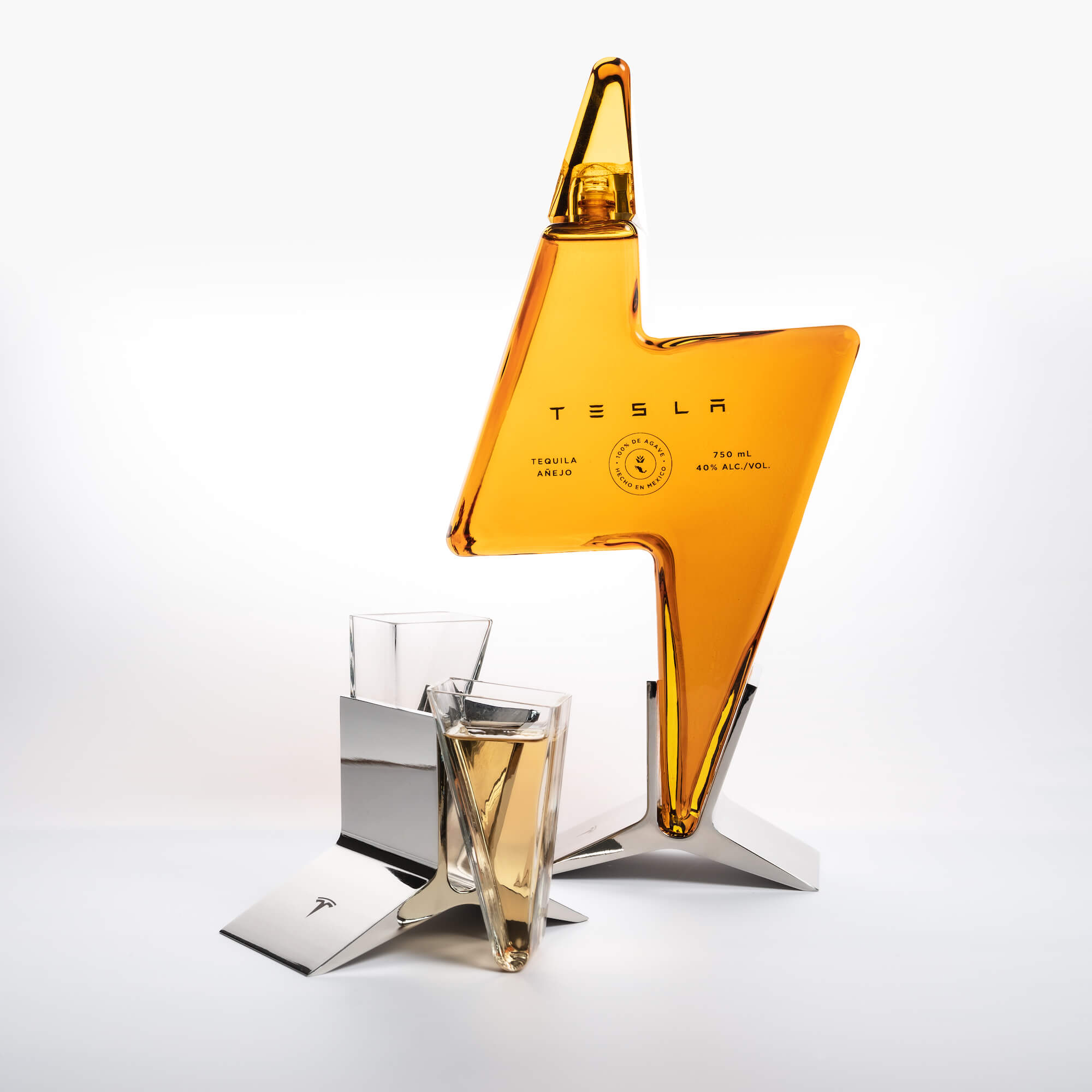Mrbrock
Active Member
It will be the same weight as the pack used in Fremont. It will be the same pack, same production line just with front casting so there won’t be as much assembly as the Fremont line. This line will be different than the 4680 line. Not sure what changes you think there will be for Austin 2170 vs Fremont. Swapping in the front casting doesn’t require any additional structural support vs what is currently coming out of Fremont.The front casting probably doesn’t do anything for rigidity. That improvement was going to come from the structural pack, which Elon said could make a convertible as rigid as a coupe all by itself, which is impressive if even half true.
A reasonable question is whether the 2170 pack that would be used at Austin between the two castings -- which is how it will be used -- will add weight. It will have to be in the same ballpark for stiffness as the “structural pack” as the chassis will be the same one set up for castings, which has no floor. So there prob will be some extra steel required.
In the paperwork for the earnings call it says this pack isn’t “structural” which I take only to mean the batteries themselves aren’t bonded into the skins at top and bottom to create a giant trussed beam as they are with 4680 packs. It will of course be structural in the classic sense of the word, in that the pack itself will be a structural element to make up for the bottom of chassis being missing as compared to Fremont cars.
There will be one (or more) line making structural 4680 and one line (or more) making the current Fremont 2170 with front casting swapped in.



